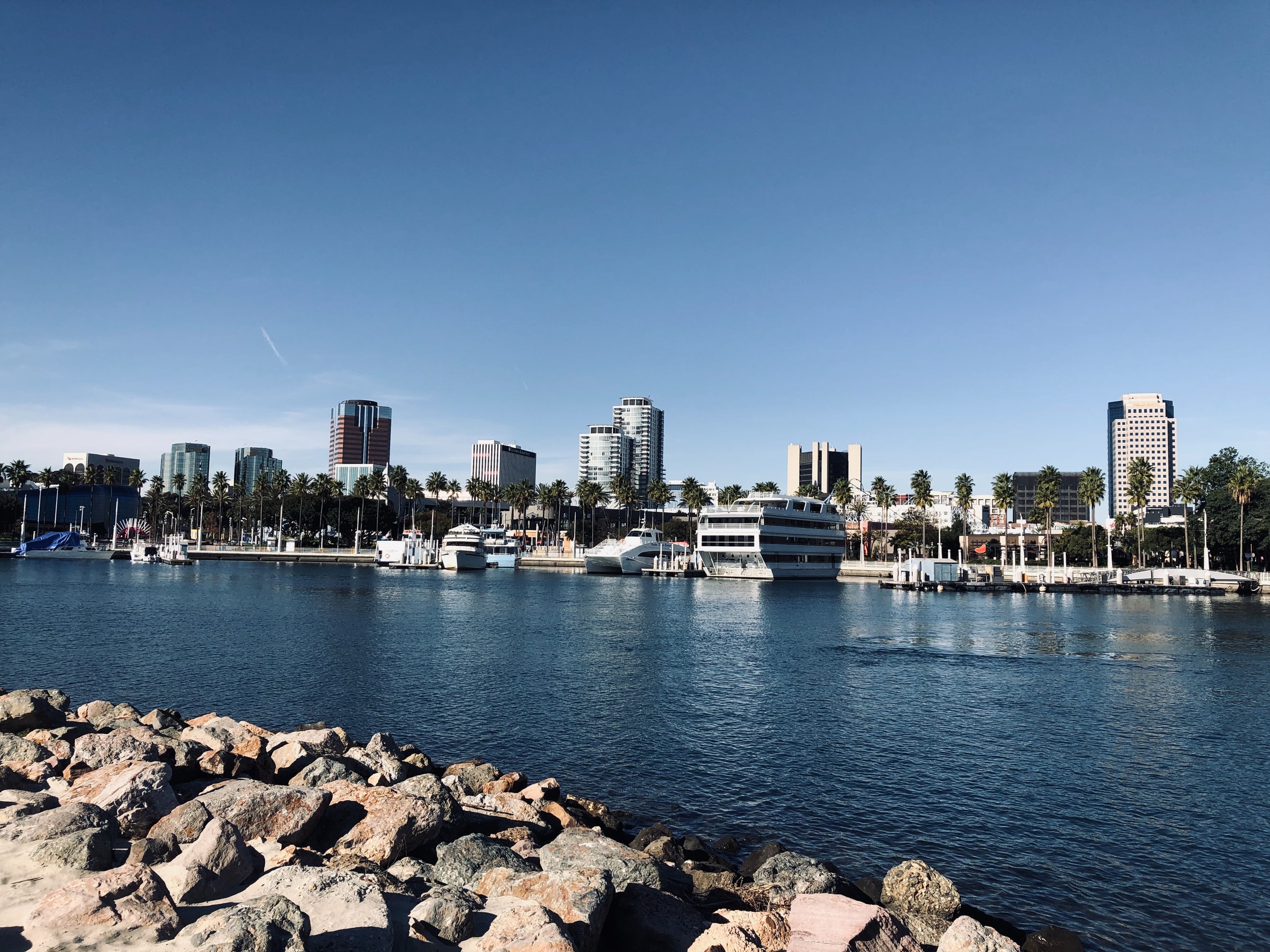After a decade of construction, the Port of Long Beach has achieved a significant milestone in becoming one of the greenest ports in the world. In July, the seaport completed the third and final construction phase of the Long Beach Container Terminal (LBCT) at Middle Harbor, making it the world’s first fully-electric terminal.
The LBCT’s physical footprint is twice as large, yet the greenhouse gas emissions have been reduced by more than half. The new terminal is equipped with nearly all-electric and zero-emissions equipment, which is expected to strengthen its competitiveness, improve cargo flow and significantly improve air quality at the port.
“This new terminal charts a new course for greener cargo operations and strengthens our ongoing commitment to the Green Port Policy and San Pedro Bay Ports Clean Air Action Plan enacted about 15 years ago,” said Long Beach Harbor Commission President Steven Neal. “We thank our partners at Long Beach Container Terminal for collaborating with us over the past decade to develop the most advanced, greenest terminal in the world.”
Construction at the nation’s second-busiest seaport began in May 2011 with a cost of $1.5 billion. The first phase was completed five years later, allowing the terminal to start operations across an initial 151 acres. The second phase was finished in 2017, expanding operations to 191 acres.
The final phase was completed last July and grew the terminal to a total of 300 acres. It includes an on-dock rail yard, a container yard, and an administration building. It is also a “big ship” ready for the future. The port expects to add another three acres in 2025 when it opens the North Gate Expansion.
“Once in full production over the next few months, it will bring with it an additional 1 million TEU (volume in units of twenty-foot-long containers) of capacity to the Port of Long Beach and LBCT, bringing this facility’s capacity to 3.5 million TEU per year total,” said Anthony Otto, CEO of LBCT. “It is actually larger than the entire port of Oakland and almost as large as the combined ports of Seattle and Tacoma, and all within this fence line.”
All ships that dock at the terminal will be able to plug into electrical shore power connections, which will allow them to shut down diesel engines. In addition, all significant structures at LBCT have been constructed with the goal of utilizing power and water most efficiently. The structures meet some of the most stringent and widely used green building standards developed by Leadership in Energy and Environmental Design (LEED).
In addition to being an environmentally friendly facility, LBCT also generates 14,000 permanent new jobs in Southern California. Many of the operations and maintenance are handled by unionized labor.
“As the world’s first all-electric, zero-emission mega terminal, LBCT is a model for moving cargo sustainably while keeping the Port competitive and supporting vital jobs,” said Mario Cordero, executive director of the Port of Long Beach. “It is truly a technological marvel that will allow us to increase our throughput, improve air quality and maintain our status as a leading gateway for trans-Pacific trade.”





